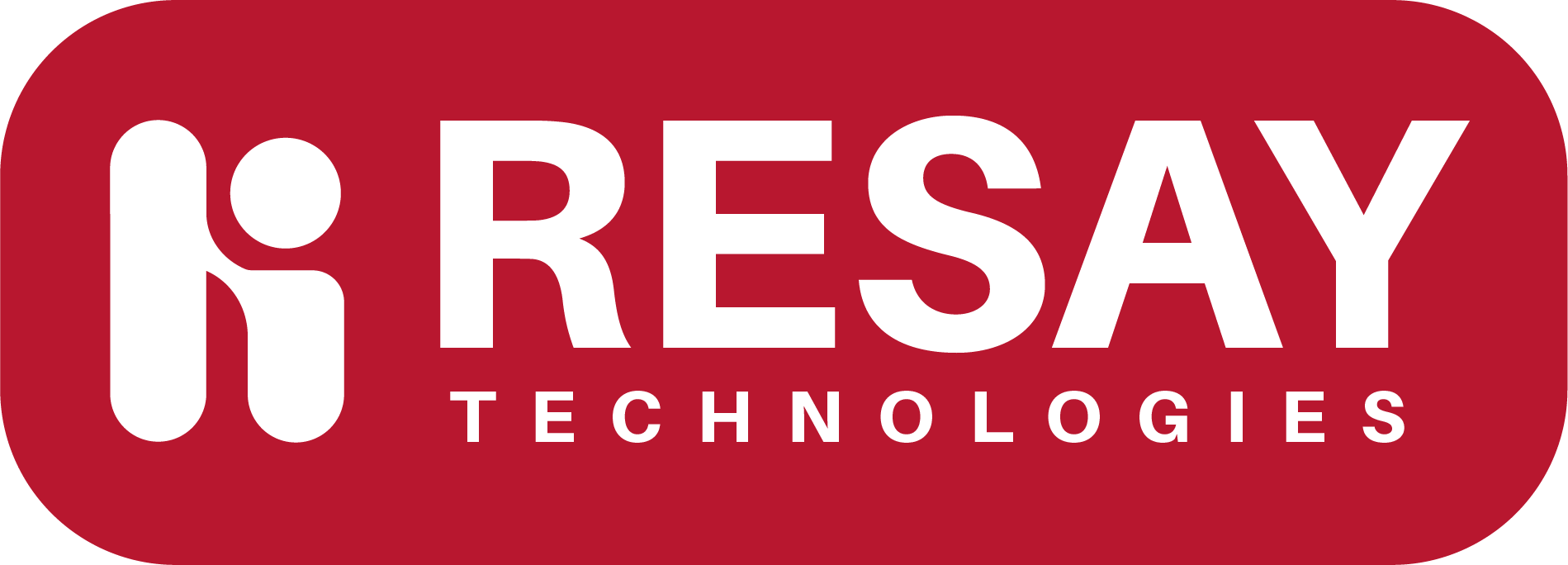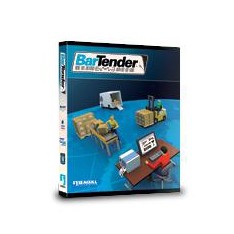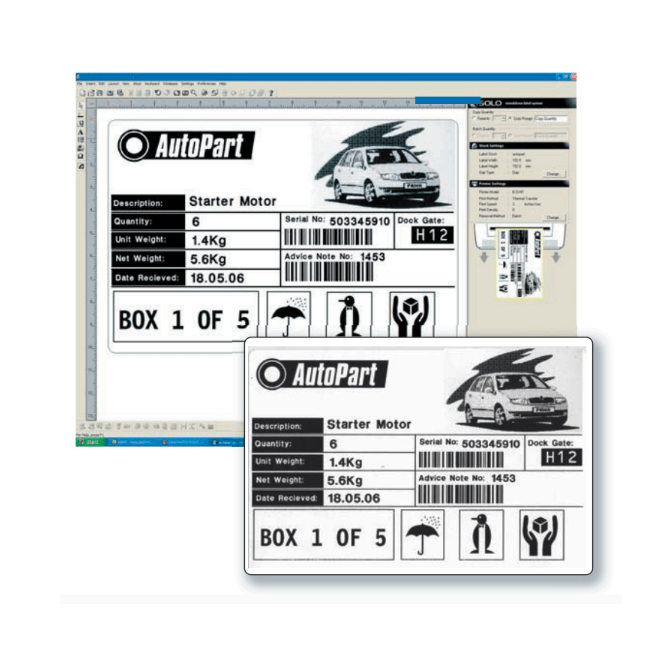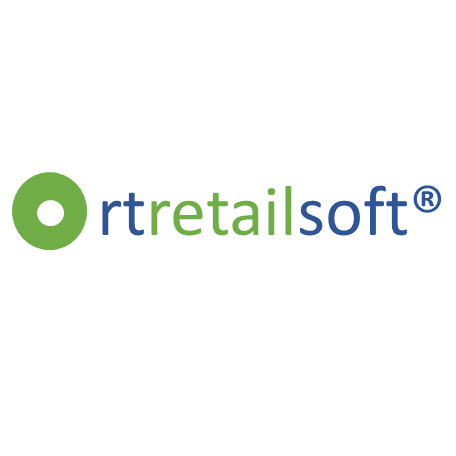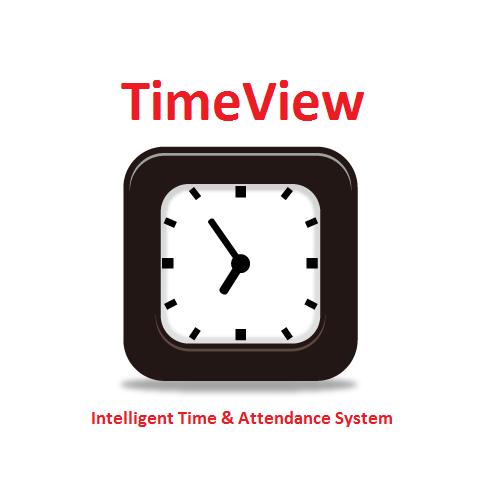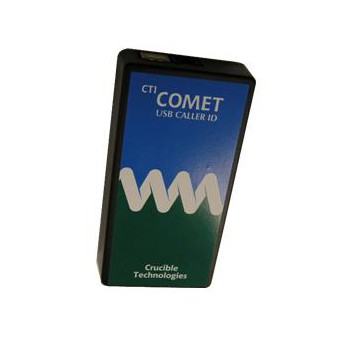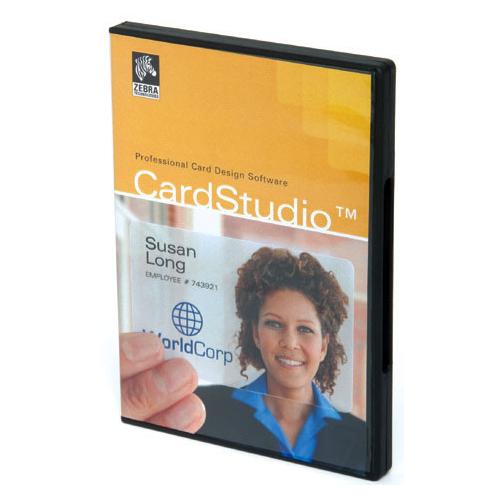”Software” refers to a set of instructions or programs that enable a computer or other digital device to perform specific tasks or functions. It encompasses a wide range of applications, systems, utilities, and programs that contribute to the functionality of computers and electronic devices. Here are some key categories and types of software:
- Operating Systems (OS):
- Examples: Windows, macOS, Linux, Android, iOS.
- Function: Manages hardware resources, provides user interfaces, and supports the execution of other software.
- System Software:
- Examples: Device drivers, utilities, firmware.
- Function: Supports the operation of computer hardware and provides essential services for computer programs.
- Application Software:
- Examples: Word processors, web browsers, graphic design software, games.
- Function: Enables users to perform specific tasks or create content. Applications are designed for various purposes, such as productivity, entertainment, or communication.
- Programming Softwares:
- Examples: Integrated Development Environments (IDEs), compilers, debuggers.
- Function: Tools used by programmers to write, test, and debug software code.
- Utilities:
- Examples: Antivirus software, disk cleaners, backup tools.
- Function: Provides additional functionalities to enhance system performance, security, and maintenance.
- Middleware:
- Examples: Database management systems, web servers.
- Function: Connects software components or applications, allowing them to communicate and share data.
- Device Drivers:
- Examples: Printer drivers, graphics drivers.
- Function: Enables communication between the operating system and hardware devices, ensuring proper functionality.
- Firmware:
- Examples: BIOS/UEFI firmware, device firmware.
- Function: Embedded softwares that provides low-level control for specific hardware components.
- Business Softwares:
- Examples: Enterprise Resource Planning (ERP), Customer Relationship Management (CRM), accounting software.
- Function: Supports business processes and operations, facilitating organization-wide tasks.
- Productivity Softwares:
- Examples: Microsoft Office (Word, Excel, PowerPoint), Google Workspace.
- Function: Aids users in creating, editing, and managing documents, spreadsheets, presentations, and other content.
- Security Softwares:
- Examples: Antivirus, anti-malware, firewalls.
- Function: Protects computers and networks from malicious software and unauthorized access.
- Educational Softwares:
- Examples: Learning management systems, educational games.
- Function: Facilitates learning and educational activities through interactive content and tools.
- Graphics and Multimedia Softwares:
- Examples: Adobe Photoshop, VLC Media Player.
- Function: Enables the creation, editing, and playback of visual and multimedia content.
- Communication Softwares:
- Examples: Email clients, instant messaging apps.
- Function: Facilitates communication and collaboration between users through digital platforms.
- Entertainment Softwares:
- Examples: Video games, streaming services.
- Function: Provides entertainment through interactive games, movies, music, and other digital content.
Softwares is a fundamental component of modern computing, enabling users to perform a wide range of tasks and functions. It can be categorized based on its purpose, functionality, and target audience, and it continues to evolve with advancements in technology.
